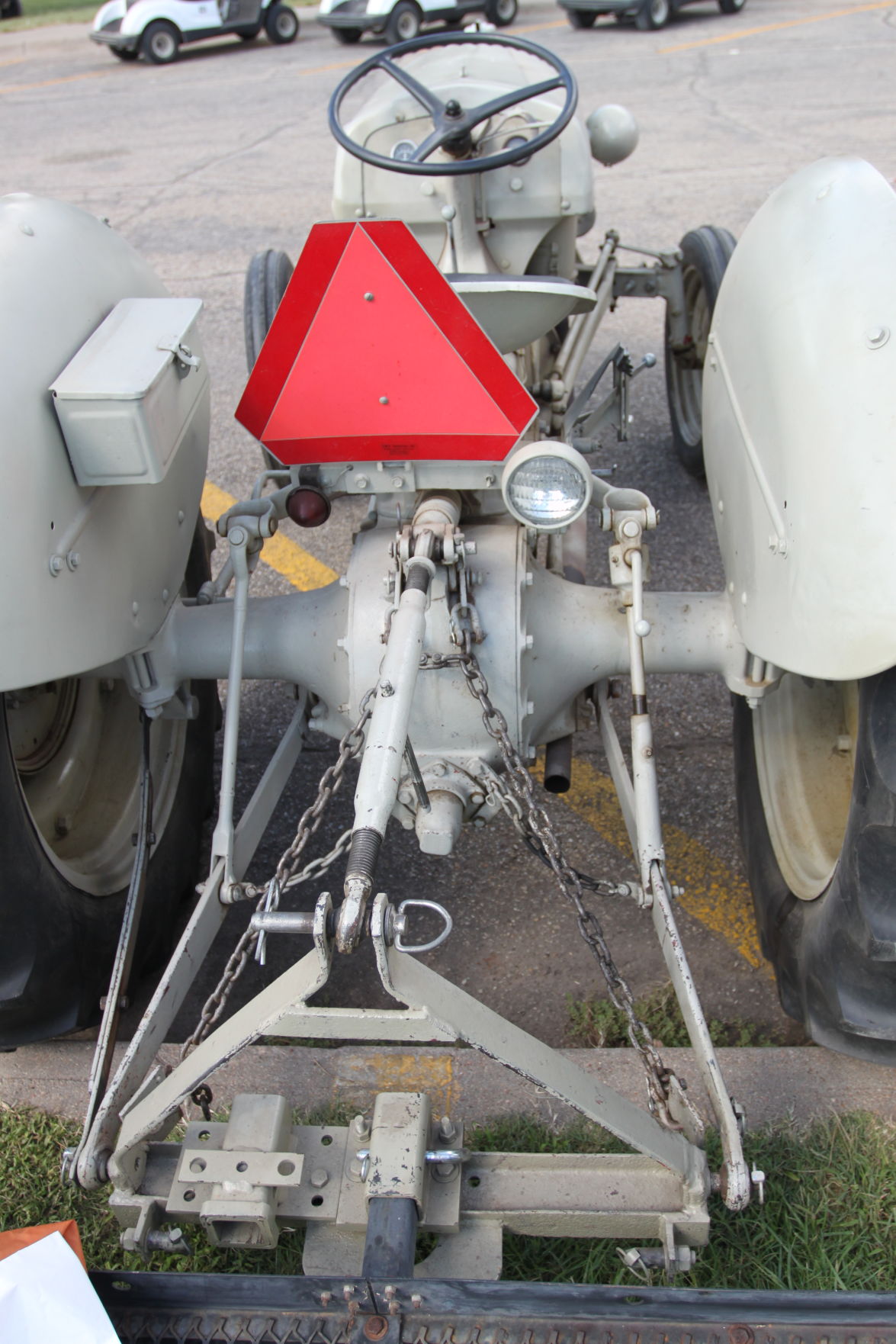The three-point hitch offers several advantages in agriculture, but there can be many common problems or setup mistakes that cause issues. Hopefully this quick walkthrough and the attached videos can refresh our minds on some of the tips to use and mistakes to stay away from.
Some Advantages:
- Easy attachment and detachment: The hitch allows for quick and straightforward attachment of implements, saving time and effort during equipment changes.
- Improved stability and control: The three-point connection provides better stability and control over the implement compared to earlier hitching systems. It allows the implement to float independently, following the contours of the ground for more consistent performance.
- Adjustable working depth: The hydraulic lift system controlled by the upper link arm enables operators to easily adjust the working depth of implements. This feature is particularly useful for tasks like plowing, cultivating, and seeding, where precise control over the depth is crucial.
- Transfer of power: The three-point hitch efficiently transfers power from the tractor to the implement, enabling the implement to perform its intended task effectively. The power transfer is achieved through the power take-off (PTO) system, which delivers the tractor’s engine power to the implement.
While the three-point hitch system is widely used and generally reliable in agriculture, there are a few common problems that can occur:
- Compatibility Issues: Implement and tractor compatibility can be an issue with three-point hitch systems. Implement manufacturers often design their equipment to fit specific categories or sizes of hitches. If the hitch on the tractor and the implement are not compatible, the attachment may not fit properly or may not function optimally.
- Misalignment: Improper alignment between the tractor and the implement can cause difficulties when attaching or detaching the implement. If the lower link arms and the implement’s hitch points are not aligned correctly, it can be challenging to connect or disconnect the equipment smoothly.
- Hydraulic System Problems: The hydraulic system is crucial for controlling the three-point hitch’s height and depth adjustment. Hydraulic leaks, worn-out seals, or malfunctioning valves can affect the hitch’s performance, resulting in inconsistent implement depth or inability to maintain the desired working height.
- PTO Issues: The power take-off (PTO) shaft, which transfers power from the tractor to the implement, can experience problems. PTO shafts may get damaged, fail to engage properly, or become misaligned, leading to power transmission issues or even accidents if not addressed promptly.
- Weight Distribution and Stability: Improper weight distribution on the three-point hitch can affect tractor stability and performance. If the implement is too heavy or unbalanced, it can put excessive strain on the hitch or cause the tractor to become unstable during operation.
- Maintenance and Wear: Like any mechanical system, regular maintenance is necessary for optimal performance. Components such as link arms, pins, bushings, and pivots can wear out over time and require replacement. Failure to maintain or replace worn parts can lead to decreased functionality and potential safety hazards.
- Operator Error: Incorrect operation or misuse of the three-point hitch can also lead to problems. Inadequate knowledge of hitching procedures, improper adjustment of implement settings, or exceeding the hitch’s weight capacity can result in equipment damage, accidents, or inefficiency in the field.
It’s important for farmers and operators to have a good understanding of their specific equipment, follow proper maintenance procedures, and address any issues promptly to ensure the reliable and safe functioning of the three-point hitch system.




